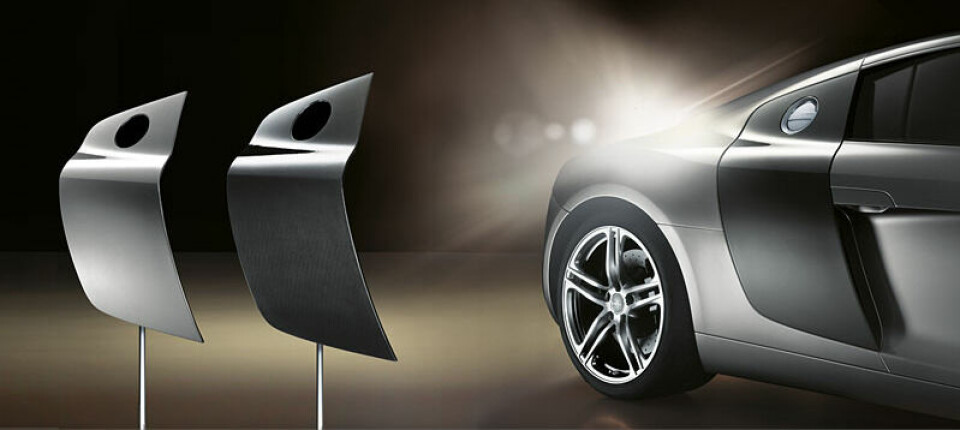
Design Detail: Audi R8 ‘Sideblades’ (2006)
So simple and yet so effective, the sideblades added character in a suitably technical way
Audi has recently teased a new electric supercar that will appear in a month’s time at Pebble Beach. Dubbed ‘PB 18 e-tron’, it looks suitably low and wide, with Concept Avus-like high-mounted mirrors (or cameras, probably) and skinny LED headlights. But of course, it wouldn’t be their first supercar ever to hit the road.
The R8, named after the unrelated Le Mans dominator, first appeared 12 years ago to great fanfare and, across two generations, has remained highly rated as a mid-engined supercar that can be used on a day-to-day basis.

2003 Audi Le Mans quattro
The design stayed true to that of Frank Lamberty and Julian Hoenig’s Le Mans quattro concept car of 2003, with Lamberty, Walter de Silva and team essentially maturing it and adding finesse for the production exterior.
The result had many graphic signatures, such as the slatted grilles under the front and rear light clusters, or the distinctive LED daytime running lights at the front, but most iconic of all were the contrasting ‘sideblades’ situated behind the doors.

Production R8 in concept car colours (image from Silver Arrow Cars)
While they serve the purpose of partially creating the engine air intake on each side (the door also tucks in, meaning the sideblade can stay flush with the body), visually they also work to collect all the lines that started at the front axle – the DLO, the character line under which the intakes tuck in, and the light catcher – and bring them all together into in a single, strong graphic. The main bone line then runs right through it to the rear haunch and helps stop the sideblade looking too flat.
Having this separate panel to join all these lines and functions up cleanly was taken by Audi as an opportunity to add customisation potential – the supercar equivalent of a Mini’s roof or a Cactus’s ‘Airbumps’ – which was clear as early as the Le Mans Concept with its ‘Jetblau’ paint and contrasting silver sideblades (also available on the production R8).

Options included Apollo Silver Metallic, Oxygen Silver and Carbon Sigma
The blades could be had from launch in various shades and finishes of grey and silver, or black, as well as carbon fibre. If customers didn’t have a taste for a big slab of non-matching bodywork, they could instead option it to be body-coloured… which rather misses the point. Of course, the world of aftermarket vinyl wraps means owners are now limited only by their imagination.

For the later V10 versions, a bulge was added to the lower part of the sideblade, aligned with the creases in the doors, as a necessity to add cooling to the larger engine. Carbon fibre was generally the standard choice for the R8 V10, adding a stronger motorsport vibe to a car that started forging its own rich history of racing success as a GT3 car.

The current version splits the blades to tone the look down
For the current, second generation car, Audi chose to update the look by splitting the blade into, essentially, just two equally contrasting panels that separately complete the DLO and cover the cooling intakes. Perhaps this two-part look is cleaner or more technical, but in a way it’s less clever and less graphically strong, we’d argue.
One wonders whether battery cooling demands will still require something of this nature on the sides of the PB18… or what Audi might do instead.




